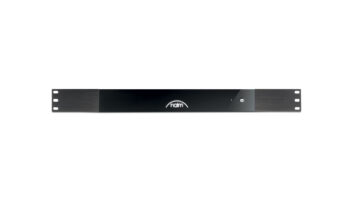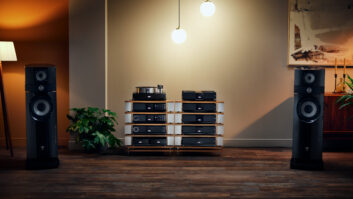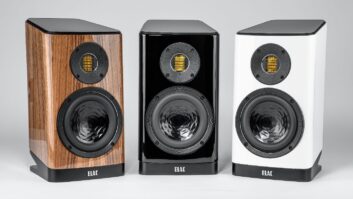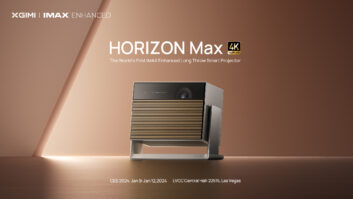Naim Audio unveiled their newest streaming network player, the NDS, at the Bristol Hi-Fi Show in the UK.

As with the NDX, ND5 XS, and Uniti products, the NDS features 24bit/192kHz streaming, Internet Radio, USB and digital iPod/iPhone/iPad playback, and control via either RF remote, front panel buttons, or Naim’s n-Stream iOS control app.
Like all of Naim’s upper-level components, such as the CD555 and CDS3, the NDS does not have an internal power supply – it must be used in conjunction with an external power supply. These include the XP5 XS, XPS, and 555PS. The NDS, like the CD555, includes not one but two sockets for connecting to the 555PS – this means that the user has even more options as they upgrade.
Inside the NDS are a host of improvements as well. The three PCBs (Digital, Analog, and DSP) are separated, and further mechanical isolation is achieved by independent compliant isolation of the Digital and Analog boards, similar to that used in the CD555. Each board is bolted to a large, heavy brass sub-chassis that is suspended above the case on steel springs, providing a mechanical resonance frequency below the audible range at 4Hz.
All data buffering is now done within the SHARC DSP chip itself rather than in the external RAM. This reduces RF interference and optimizes the SHARC’s power draw, improving sound quality. The NDS uses the same 16x oversampling filter as that in the Naim DAC. The chosen filter is a modified Butterworth filter to which additional poles are added to prevent too much phase shift occurring within the audio band. The filter runs as efficiently as possible, using only five lines of assembly code. This ensures both low arithmetic noise (fewer additions and multiplications that cause rounding) and low power supply noise (since the DSP draws less current when it is not calculating).
The NDS utilizes Burr-Brown PCM1704 precision laser-trimmed sign-magnitude ladder DACs, rather than the NDX’s PCM1791 delta-sigma chips. Shielding cans have been added to the streamer module, DSP power supply, and DAC chips, reducing RF noise. Rather than the high quality op-amp ICs as used in the NDX, the NDS’s current-to-voltage (I2V) and analog filter/output stages use through-hole discrete circuitry throughout. Finally, the NDS does not offer an optional DAB/FM module, in order to optimize layout.







